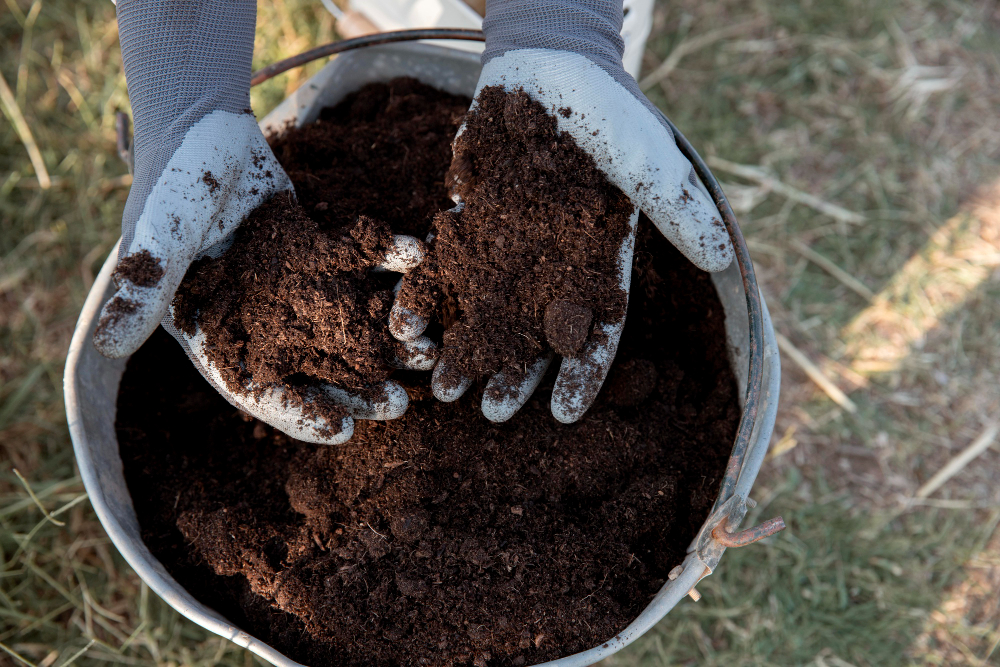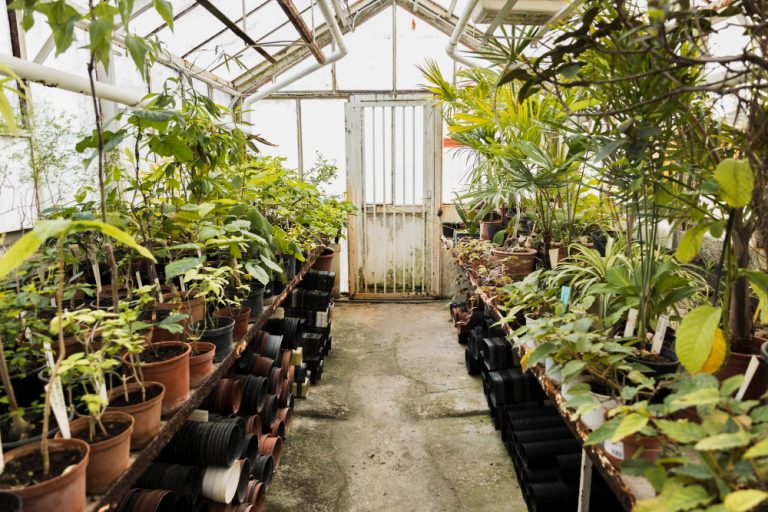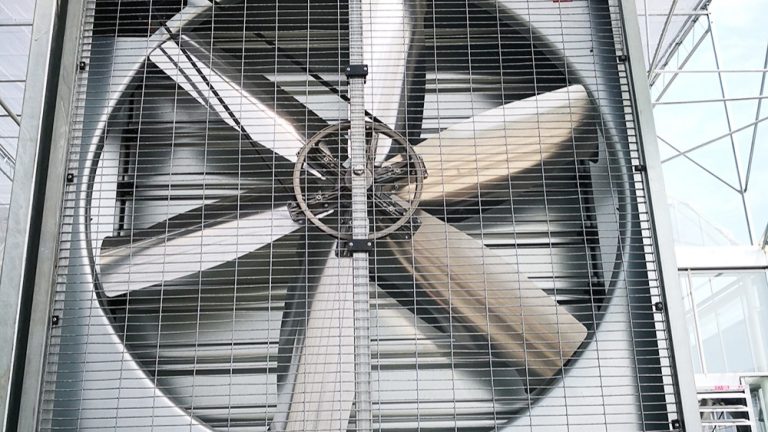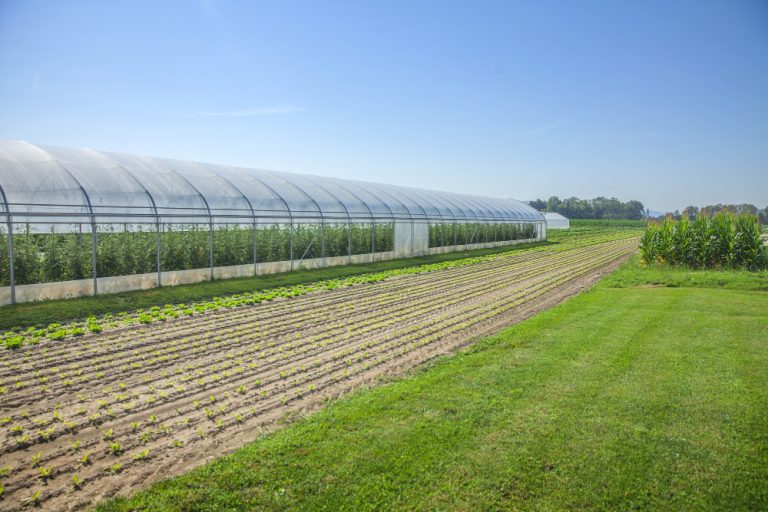
Heating a greenhouse with compost is an environmentally friendly and cost-effective way to provide heat for plants during colder months. This method leverages the natural process of composting, which generates heat as organic materials decompose. Here’s how you can heat your greenhouse with compost:
1. Understanding the Heat Generation in Composting
- Composting is the process by which microorganisms break down organic matter (such as food scraps, plant material, and manure) into compost. During this process, microbes produce heat as a byproduct, which can warm the surrounding area.
- The heat generated in a compost pile can reach temperatures of 130°F to 160°F (54°C to 71°C), which is sufficient to warm a greenhouse and support plant growth in colder weather.
2. Building a Compost Heating System for Your Greenhouse
To effectively heat a greenhouse using compost, you need to create a compost heat bed or use passive systems that capture and distribute the heat.
Option 1: Compost Heat Bed (Compost Heat Sink)
This is the most common method for using compost to heat a greenhouse. It involves placing a compost pile or a series of compost piles beneath or along the floor of the greenhouse to warm the space.
- Materials Needed:Organic matter (compost ingredients such as straw, grass clippings, manure, food waste, etc.)A large, insulated bin or trench (to contain the compost)Thermometers (to monitor temperatures)Ventilation system (to regulate airflow and prevent overheating)
- Steps to Build a Compost Heat Bed:Choose the Right Location: Select a location within your greenhouse where you can create a bed of compost, preferably under the plants or in a location where heat is most needed (e.g., under the floor).Prepare the Bed: Dig a trench or create a raised bed, making sure to leave space for air circulation and room for the compost to generate heat. A trench around 12–18 inches deep is ideal.Add Layers of Organic Matter: Start by placing bulky carbon-rich material like straw or wood chips at the bottom. Layer with nitrogen-rich materials like manure, food scraps, or grass clippings. The layers should be about 6–12 inches thick.Moisten the Pile: Make sure the compost materials are moist, but not too wet. Compost requires moisture to decompose efficiently.Monitor the Pile: As the compost starts to decompose, it will heat up. The heat will radiate into the greenhouse, keeping the temperature steady. Use thermometers to monitor the temperature of the compost pile and the greenhouse.Maintain the Compost Pile: Regularly turn the compost to maintain microbial activity and ensure heat is generated consistently. As the compost pile cools down, add more organic material to keep the temperature high.A well-maintained compost heat bed can provide warmth for several weeks to months, depending on the size and the material used.
Option 2: Compost and Water Heat System (Hot Water Loop)
For a more advanced setup, you can incorporate water into the compost heating process. This method involves running water pipes through or around the compost pile to capture heat and circulate it to different parts of the greenhouse.
- Materials Needed:Water pipes (preferably flexible and heat-resistant)Compost pile or binPump (to circulate the water)Thermostat or temperature sensor (to monitor temperature)Insulation for pipes (to prevent heat loss)
- Steps to Build a Compost and Water Heat System:Build the Compost Pile: Set up a compost pile or bin as described above, ensuring it’s large enough to generate consistent heat.Lay Water Pipes: Lay flexible water pipes (or coiled tubing) through or around the compost pile. The pipes should be placed in such a way that they are in close contact with the decomposing material to absorb the heat. You can either place the pipes inside the pile itself or have them run along the perimeter of the pile.Connect to a Heat Distribution System: The water pipes are connected to a system that distributes the heated water throughout the greenhouse. This could involve a simple loop system or a more complex radiant floor system where the water heats the greenhouse floor.Pump the Water: A pump circulates the water through the pipes. As the water heats up in the compost pile, it carries the heat to the greenhouse. You may need a thermostat to control the temperature and a way to regulate the flow of water.Insulate the Pipes: To prevent heat loss, insulate the pipes that carry the heated water to the greenhouse. This ensures that the heat stays within the system and is effectively distributed.
This system is more complex but can provide a more consistent and even heat distribution throughout the greenhouse.
3. Considerations for Success
- Size of the Compost Pile: The size of the compost pile should be proportional to the size of the greenhouse. Larger greenhouses will need larger compost piles to generate sufficient heat.
- Type of Materials Used: A mixture of carbon-rich and nitrogen-rich materials will produce heat more efficiently. Adding animal manure (particularly chicken or cow manure) to your compost will significantly increase the heat output.
- Ventilation: Proper ventilation is essential to prevent overheating. If the compost pile gets too hot, it could damage plants. Air circulation helps control the temperature.
- Monitoring Temperature: Keep an eye on both the compost pile temperature and the temperature inside the greenhouse. If necessary, adjust the compost by adding new materials to maintain consistent heat levels.
4. Benefits of Compost Heating
- Sustainable: This method uses organic waste and reduces the need for external energy sources.
- Cost-Effective: Composting is inexpensive, and the materials can often be sourced from your own farm or garden.
- Organic Fertilizer: As the compost decomposes, it also produces rich organic matter that can be used to fertilize plants in the greenhouse, enhancing soil health.
5. Challenges to Consider
- Temperature Fluctuations: Composting produces heat, but it can also cool down quickly once the microbial activity slows. You’ll need to actively manage the pile to maintain consistent heat.
- Space: A compost heating system requires space for the compost piles, which may be a limitation in smaller greenhouses.
- Time and Maintenance: Composting takes time and regular maintenance, such as turning the pile and adding new materials, to keep the heat levels high.
Conclusion
Heating a greenhouse with compost is a natural and sustainable method that can provide warmth for plants during cold weather. Whether you use a simple compost heat bed or a more advanced compost-and-water system, this approach reduces reliance on external energy sources and can be highly effective if maintained properly.




